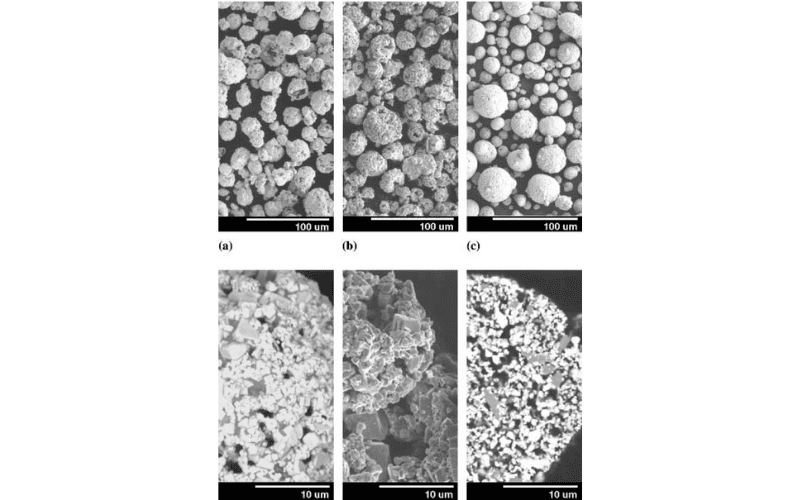March 15, 2005
Process Temperature/Velocity-Hardness-Wear Relationships for High-Velocity Oxyfuel Sprayed Nanostructured and Conventional Cermet Coatings
High-velocity oxyfuel (HVOF) spraying of WC-12Co was performed using a feedstock in which the WC phase was either principally in the micron size range (conventional) or was engineered to contain a significant fraction of nanosized grains (multimodal). Three different HVOF systems and a wide range of spray parameter settings were used to study the effect of in-flight particle characteristics on coating properties. A process window with respect to particle temperature was identified for producing coatings with the highest resistance to dry abrasion. Although the use of a feedstock containing a nanosized WC phase produced harder coatings, there was little difference in the abrasion resistance of the best-performing conventional and multimodal coatings. However, there is a potential benefit in using the multimodal feedstock due to higher deposition efficiencies and a larger processing window.
Key words: high-velocity oxyfuel, nanostructured, processproperty-performance relationships, WC-12Co
Originally published at Journal of Thermal Spray Technology (March 2005, Volume 14, pages 67–76, 2005)
By B. R. Marple, R. S. Lima
